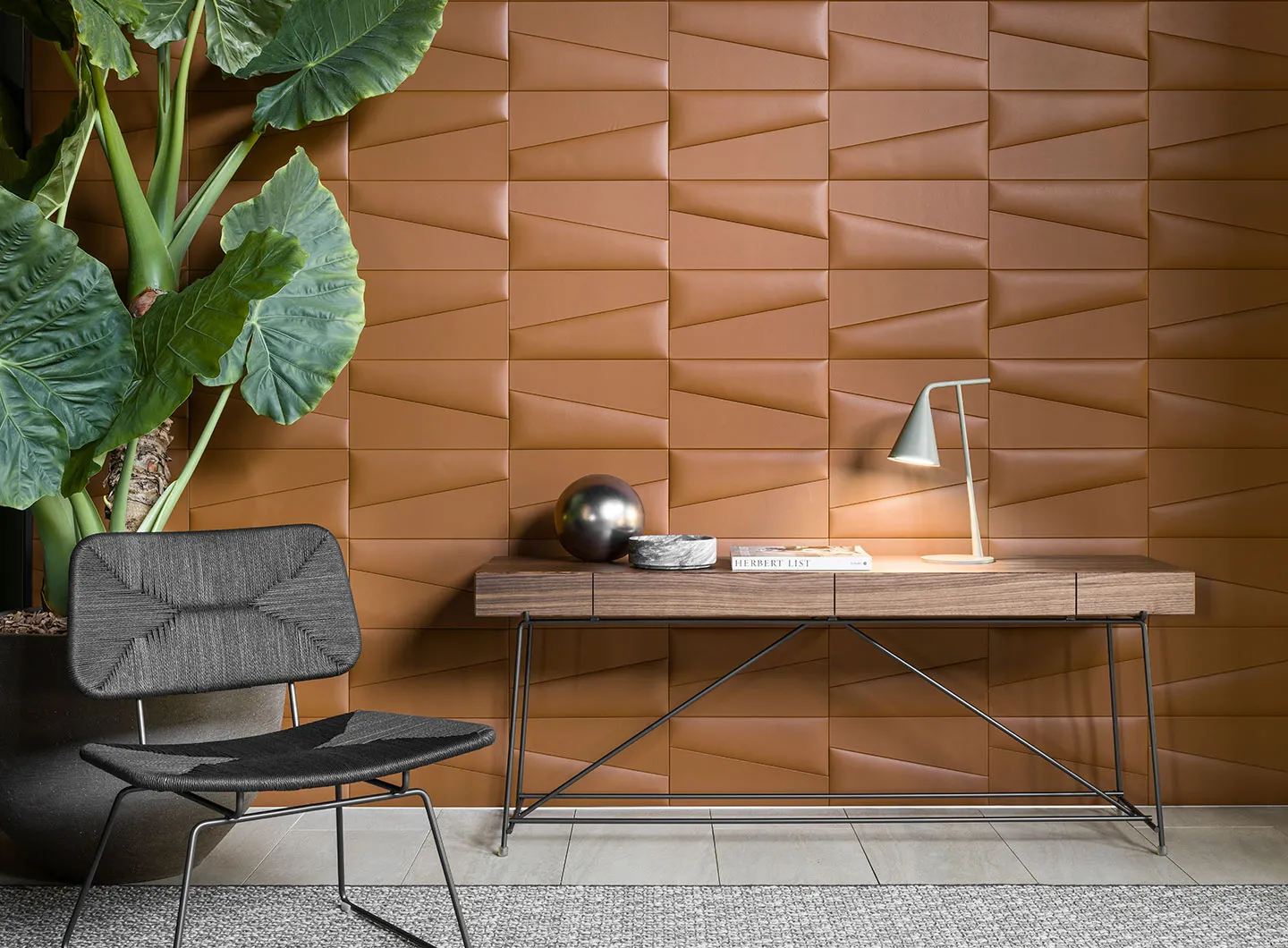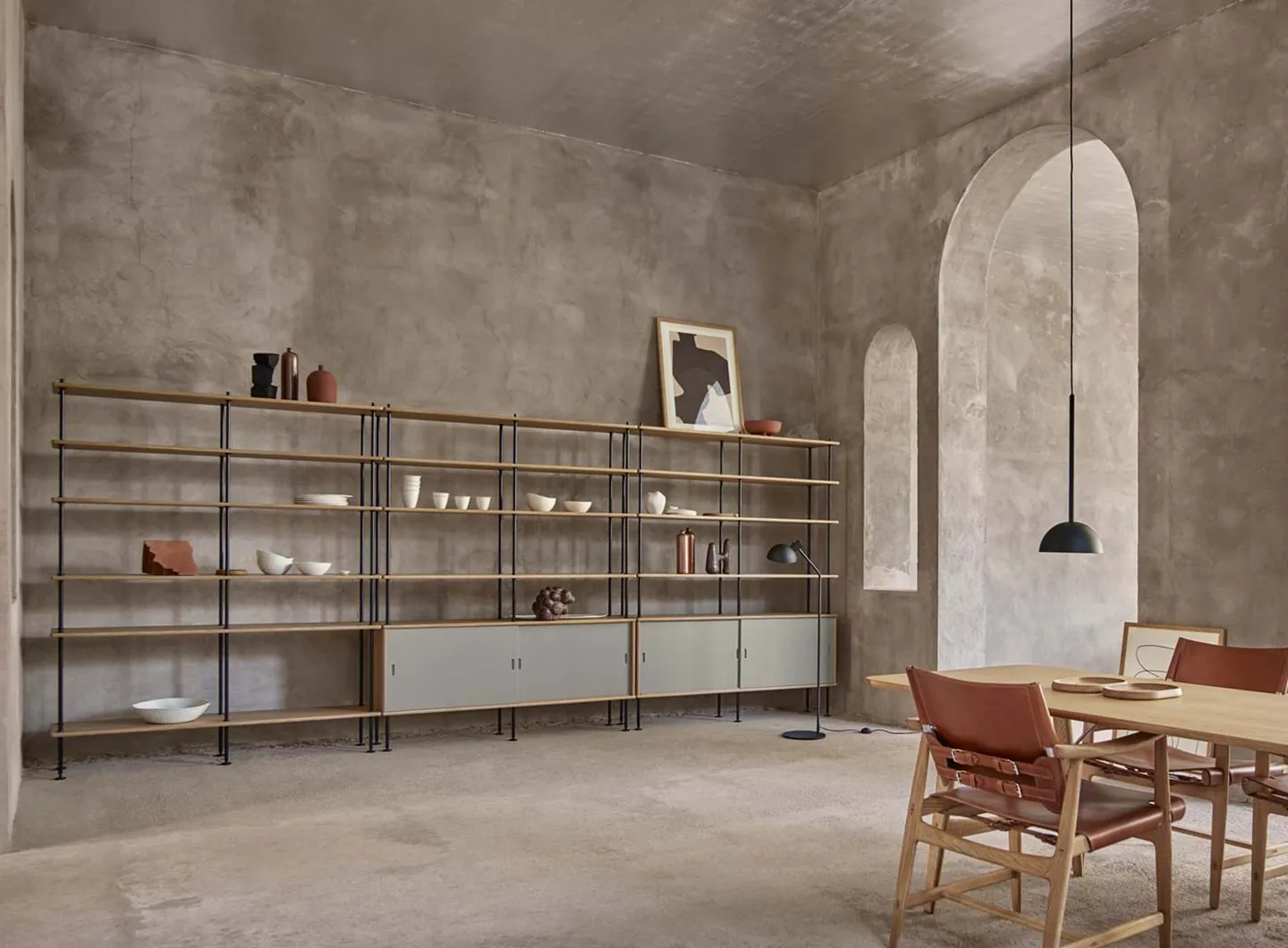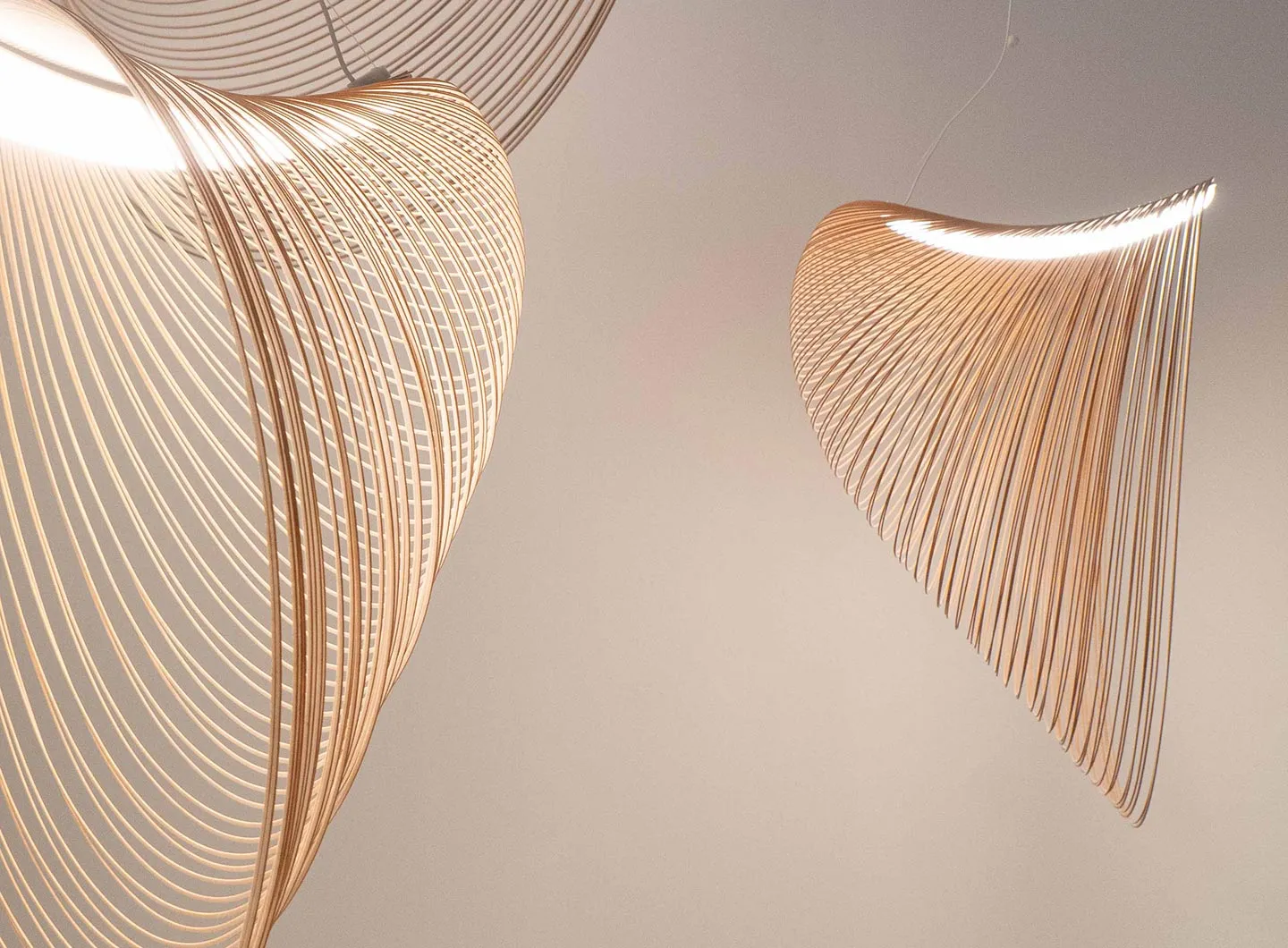Smart and sustainable purchases: how to make the most of the appliance bonus and how to apply. Requirements, amounts and limits to be aware of

December, Nikari
Extremely low-impact, natural, renewable and recyclable: contemporary design rediscovers the eco material par excellence.
Ancestral yet very contemporary, wood is the material of the moment because it is the only one that derives from renewable and regenerable sources, the only material that is truly totally recyclable and, often, the only one whose supply can really be said to be zero kilometre. At a moment in history such as this, when the exploitation of energy resources is on all the government agendas, it’s no longer possible to imagine design and architecture without it. On the contrary, using this furnishing (and construction) material is now a necessity, and an act of responsibility and maturity. It’s not a question of following a trend or an intellectual or merely aesthetic fashion. Nor does it “lose” its fascination, emotion or warmth. Quite the reverse, for those who choose it, wood is a constant surprise because each trunk, each branch, every plank and every slat is unrepeatable, original, different from the next. Wood combines functionality, good looks and huge versatility – it is light and elastic, it can be worked into an extraordinary wealth of shapes, carved, decorated and even inlaid. It demonstrates that it is absolutely contemporary and on a par with many other innovative materials.
Many businesses are now rediscovering not just the artisan skills, the knowledge and the abilities, but also the ancient processing techniques which are now being harnessed to fulfil the contemporary vision of designers. They inform products in which the cut, the shaping, the smoothing and the finishing almost make us lose sight of the fact that they are mass produced. They are “live” furnishings, made to be long-lasting and not made to cater for passing taste thanks to the tremendous expressive power of the wood.
We have chosen just over 20 pieces, their style unmistakable yet understated, solidly silent yet precious, inviting one to touch the material from which they are made.
Last year, Riva1920, synonymous with Made in Italy wood furniture par excellence, has just celebrated its 100th anniversary and issued the Centenarium Collection to guide us through a world made up of carefully selected wood, sourced from planned and controlled felling, reusing very precious woods

Centenarium Collection, Riva1920 - Photo Andrea Mariani
Armadillo, craftsman-designed and produced in Mogente (Valencia) by MUT Design for Expormim is a reworking of a furnishing classic in rattan – the Papasan – characterized by the postmodern features typical of this Spanish design duo.

Armadillo, design by MUT Design, Expormim - Photo Alessandro Russotti
Alfredo Häberli’s Time for Alias looks to the ancient art of origami. The concept behind the chair revolves around the transformation of a simple two-dimensional leaf into a three-dimensional shell of great stylistic balance and obvious ergonomic characteristics.

Time, design by Alfredo Häberli, Alias
Zampa by Jasper Morrison for Mattiazzi, maintains the direct, practical and genuine approach of the old stools, while being lighter, flexible and decidedly more brightly coloured.

Zampa, design by Jasper Morrison, Mattiazzi
Héra by Patrick Jouin for Pedrali makes for a blend of lightness, comfort and ergonomics in a product that is also sustainable. The wooden parts of the chair come from certified forests, while the water-based paints are largely composed of plant-derived resins.


 Sustainability
Sustainability


























